Introduction
Defining Thrilling Terror
When you think of thrilling terror, what comes to mind? Maybe it’s that spine-chilling feeling that creeps in when you watch a horror movie late at night or the rush of adrenaline that hits during a haunted house visit. Thrilling terror is more than just a fleeting emotion; it’s an immersive experience that combines fear, excitement, and suspense. It can manifest in various forms—movies, literature, and even immersive art installations. For many, the thrill lies in the controlled environment where fear can be safely navigated, enabling you to confront your deepest anxieties without real danger. Think of that pulse-racing moment when a ghost pops out from behind a corner in a film. The excitement mixed with fear creates a unique sensation; it’s both exhilarating and terrifying at the same time.
Importance of Scary Craft
Now, why is the craft of creating fear so crucial? Scary craft plays a significant role not just in entertainment but also in exploring the human psyche. Here are some reasons why it matters:
- Coping Mechanism: Engaging with horror can be a way to confront personal fears. By experiencing something scary, you may realize that your real-life concerns are manageable.
- Social Connection: Watching horror films or visiting haunted attractions can strengthen bonds among friends. There’s something special about sharing a good scare!
- Cultural Reflection: Horror reflects societal fears and issues, giving insight into what a culture is grappling with at a given time.
In this thrilling world of horror, creators tap into these various elements to engage and evoke emotions, making it an essential craft that resonates with many. From classic novels to modern films, the allure of fear continues to captivate audiences of all ages. 🎃

Evolution of Horror Genre
Early Origins
Diving into the chilling world of horror, it’s fascinating to trace its roots back to ancient times. The early origins of the horror genre can be found in folklore, myths, and traditions that addressed the fears of that era. Just think about the spine-tingling stories told around campfires, tales of witches and demons lurking in the shadows. These early narratives served a crucial purpose—they were cautionary tales. Here are some key elements:
- Folklore: Scary stories passed down through generations, often featuring supernatural beings meant to instill fear and maintain societal norms.
- Classic Literature: Works like Mary Shelley’s “Frankenstein” and Bram Stoker’s “Dracula” introduced psychological depth and societal commentary, paving the way for future horror narratives.
These early forms of horror laid the groundwork for what would become a rich tapestry of frightening tales that continue to evolve.
Modern Influence
Fast forward to today, and the horror genre has undergone tremendous transformation, influenced by societal changes, technological advancements, and audience expectations. What was once a realm of monsters and folklore has now expanded into psychological thrillers, slasher films, and even horror comedies. Some notable modern influences include:
- Diversity in Storytelling: Films like “Get Out” and “The Babadook” tackle contemporary issues like race and grief, showing that horror can be both entertaining and thought-provoking.
- Technological Evolution: The rise of special effects and CGI has allowed filmmakers to create more visually stunning and terrifying worlds, enhancing the visceral experience.
This evolution illustrates how horror is not confined to the past—it’s a living genre reflecting the fears of each generation. Whether you’re watching a classic horror flick or the latest thriller, the genre continues to keep audiences at the edge of their seats! 🎬👻
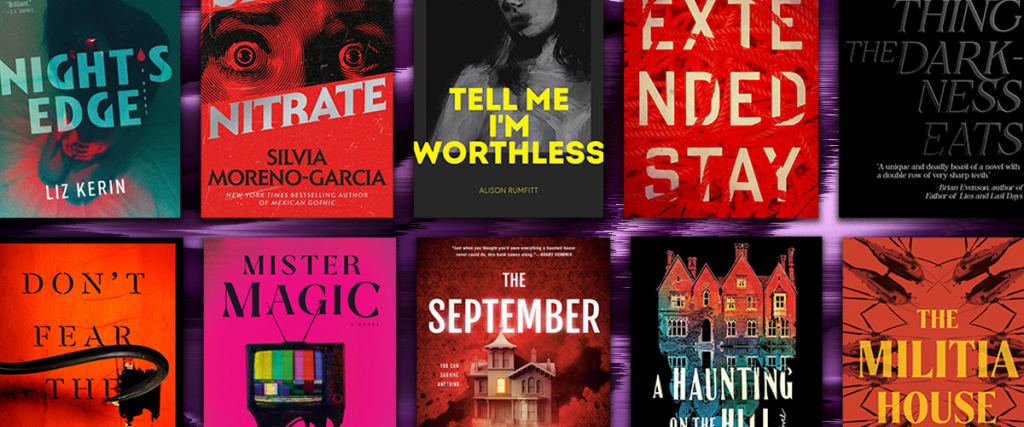
Elements of Fear
Psychology Behind Fear
Understanding fear is like peeling back the layers of an onion. At its core, fear is a primal emotion designed to protect us. It triggers the “fight-or-flight” response, allowing us to react quickly when faced with danger. But what makes horror so compelling? The psychology behind fear can largely be attributed to a few factors:
- Uncertainty: The unknown is often scarier than what’s visible. Think of a horror story where the monster is unseen, lurking in the shadows. That suspense creates an immense amount of tension.
- Relatability: We tend to fear what we can relate to. Horror films that tap into personal anxieties—be it fear of isolation or loss—often resonate deeply with audiences.
- Catharsis: Experiencing fear in a controlled environment allows for emotional release. The chilling thrill provides a sense of relief after the scare, leaving you feeling exhilarated and alive!
Creating Suspense in Art
When it comes to art, creating suspense is an art form in itself! It’s about skillfully manipulating elements to evoke anticipation and anxiety, keeping the audience glued to their seats. Here are some techniques artists and filmmakers employ:
- Pacing: Slowing down the narrative at key moments draws out tension. For instance, a character creeping through a dark hallway, each creak of the floor amplifying the sense of dread.
- Sound Design: A haunting score or the subtle sound of a ticking clock can create an unsettling atmosphere, heightening emotions even before anything frightening occurs.
- Visual Cues: Use of lighting and color can dramatically affect the mood. Dim lighting and stark shadows create uncertainty, making viewers feel as though something is lurking just out of sight.
Mastering these elements allows creators to immerse audiences into a world where fear comes alive, blending emotion with artistry in a truly captivating way. It’s this intricate dance between psychology and suspense that makes horror art so powerful! 🎨👹

Iconic Horror Figures
Monsters and Villains
Monsters and villains are the heartbeat of the horror genre, captivating our imagination and inducing chills down our spines. These characters embody our deepest fears, blending the unknown with the grotesque. Think about legends like Dracula or Frankenstein; they’re not just monsters but complex figures representing society’s anxieties. Some hallmark monsters include:
- Dracula: The quintessential vampire, representing seduction and the fear of the unknown.
- Frankenstein’s Monster: A creature born of human ambition gone wrong, exploring themes of isolation and rejection.
- Freddy Krueger: The nightmarish slasher who haunts dreams, embodying our fear of losing control while we sleep.
These villains don’t simply exist to frighten us; they often reflect societal issues or personal dilemmas, making them all the more compelling. As a fan of horror, it’s always intriguing to see how these characters evolve over decades, driven by cultural shifts and emerging fears.
The Final Girls
Now, let’s shift to a different aspect of horror—the heroines we often come to adore: the “Final Girls.” These characters represent resilience, resourcefulness, and the power to survive against overwhelming odds. They typically embody relatable traits while battling monstrous threats and, in doing so, become symbols of hope. Consider some iconic Final Girls:
- Laurie Strode from “Halloween”: A seemingly ordinary teenager who ultimately confronts the embodiment of terror, Michael Myers.
- Nancy Thompson from “A Nightmare on Elm Street”: Armed with wit and determination, Nancy transforms her fears into a weapon against Freddy Krueger.
- Sydney Prescott from the “Scream” franchise: An empowered survivor who breaks the mold by actively confronting her killers.
These women not only survive horror but often redefine their stories. The representation of Final Girls illustrates a shift in the genre where survival relies on intelligence and courage rather than merely luck. It’s this blend of strength and vulnerability that resonates with audiences, making these characters unforgettable! 🌟🩸

Influence of Technology
Impact of Virtual Reality
The wave of technological advancements has dramatically transformed the landscape of horror, particularly through virtual reality (VR). Imagine the sensation of being fully immersed in a spine-chilling environment where every sound—a creaking door or a whisper—can be felt with startling realism. That’s the environment VR creates, intensifying the aspect of fear like never before! Here’s how VR influences horror experiences:
- Immersion: You’re not just watching a character run from a monster; you are that character, and your reactions are genuine. This level of immersion amplifies the thrill and terror.
- Physical Responses: With the headset on, your body reacts in real-time, causing increased heart rates and adrenaline spikes that traditional media often can’t replicate.
- Create a Personal Experience: Every player’s experience can be unique, influenced by their own decisions and reactions, increasing the psychological stakes.
I remember trying a VR horror game, where I found myself trapped in a dimly lit room. The feeling of dread was palpable, and every sound had me literally jumping in my seat! It’s a game-changer in how we perceive horror.
Horror in Video Games
Speaking of interactivity, horror in video games has carved out its own niche, captivating players with immersive storytelling and engaging mechanics. In recent years, games have utilized innovative techniques to evoke fear, and creators have developed some gems that are worth noting:
- Atmospheric Sound Design: Games like “Silent Hill” and “Resident Evil” use chilling soundtracks and ambient noises to create a haunting atmosphere, drawing players deeper into the game.
- Player Agency: Many horror games allow players to make critical decisions that influence the narrative, making them feel like active participants rather than passive observers.
- Jump Scares and Tension: Classic techniques, such as sudden loud noises or unexpected appearances, build tension, ensuring gamers are always on the edge of their seats.
The combination of storytelling, graphics, and player engagement makes horror video games a unique and thrilling experience. All these elements work together to make both VR and video games integral to the evolution of horror. They’re not just ways to engage; they’re new frontiers for fear! 🎮👻

Cultural Perspectives
Folklore and Urban Legends
Horror transcends boundaries, often rooted deeply in cultural folklore and gripping urban legends. Each culture weaves its own unique tales of terror that reflect the fears and values of its people. Sharing spooky stories can be a cultural touchstone—think of it as a rite of passage for many families during gatherings! Here are a few examples that illustrate the diversity of horror folklore:
- La Llorona: A famous Latin American legend about a weeping woman who roams rivers, mourning her lost children. This tale often serves as a cautionary story to keep children safe near water.
- The Slender Man: An internet urban legend that originated in the 2000s, it illustrates how contemporary horror continues to evolve with technology, affecting young minds in profound ways.
- Wendigo: A spirit in Algonquian Native American folklore representing greed and cannibalism, symbolizing the darker sides of human nature that still resonate today.
These stories show how fears often mirror societal issues, making folklore an essential component of horror.
Global Horror Trends
As we explore broader horror trends across the globe, it becomes clear that different cultures have unique interpretations of fear. For example:
- Asian Horror: Films such as “The Ring” and “The Grudge” emphasize psychological terror and folklore, creating a sense of dread that’s palpable. The slow burn of tension draws you into a world where cultural beliefs around spirits and ghosts come to life.
- European Horror: With rich histories of gothic literature, there’s a focus on atmospheric storytelling. Think of films like “Let the Right One In,” which captures both horror and humanity.
- African Horror: Often deeply rooted in myth, African horror builds narratives around ancestral spirits and traditional beliefs. It confronts societal issues yet maintains ties to folklore, making it distinct and powerful.
These global perspectives highlight that horror isn’t just about monsters or jump scares; it’s a lens through which we can understand cultural values and fears. The evolving landscape of horror reflects our collective psyche, allowing us to embrace our fears while recognizing their roots. 🌍👹

The Art of Jump Scares
Building Tension
Jump scares have become a hallmark of the horror genre, but they’re far more than just sudden shocks in a film. The art lies in the masterful buildup of tension that precedes these moments, creating a cocktail of fear and anticipation. Building tension is essential for effective jump scares, and here’s how filmmakers achieve that:
- Slow Pacing: Establish the mood by slowing down the narrative. A character tiptoeing through a dark hallway builds a sense of dread, making every rustle sound amplified.
- Sound Cues: Silence can be just as impactful. A moment of quiet, followed by sudden, jarring sound effects, primes the audience for an imminent scare. The absence of a soundtrack makes viewers hyper-aware of their surroundings.
- Visual Foreshadowing: Subtle hints, like a moving shadow or characters glancing nervously, prepare the viewer for something lurking just out of sight. When the scare finally happens, it feels like a natural climax to the tension built up over time.
I remember watching “Hereditary” and being on edge the whole time. The slow pacing coupled with eerie visuals made those moments of silence utterly suspenseful.
Shock Value Techniques
While jump scares can be effective, the techniques to deliver shock value play a significant role in making them memorable. Here are some tricks used to enhance the scare factor:
- Unexpected Timing: Timing is everything! A well-placed jump scare after moments of calm can catch even the most seasoned horror fans off guard.
- Distraction Techniques: Often, filmmakers will misdirect the audience with a false sense of security. For example, focusing on a character’s mundane activity, only to unleash terror when least expected.
- Seemingly Ordinary Settings: Placing scares in familiar environments (like a home) makes the experience even more unsettling. It’s a reminder that danger can lurk just around the corner.
Jump scares, when executed with precision and creativity, can elevate a horror experience. By building tension and utilizing effective shock value techniques, filmmakers keep viewers gripping their seats and anxiously awaiting what’s to come! 🎥😱

Horror in Literature
Classic Horror Novels
When discussing horror, we can’t overlook classic horror novels that have laid the foundation for the genre. These timeless works not only sparked imaginations but also introduced archetypes and themes that continue to haunt us today. Consider these iconic novels:
- “Frankenstein” by Mary Shelley: Often regarded as the first true work of science fiction, this novel explores the boundaries of humanity, isolation, and the consequences of playing God. The monster is both terrifying and heartbreaking, prompting readers to reflect on empathy and alienation.
- “Dracula” by Bram Stoker: A masterpiece of gothic horror that redefined the vampire legend, this book delves into themes of sexuality, fear of the unknown, and the clash between modernity and ancient superstition.
- “The Haunting of Hill House” by Shirley Jackson: A psychological thriller that blurs the line between reality and madness, leaving readers questioning the very nature of fear itself as they immerse themselves in the eerie atmosphere of Hill House.
These classics remind us that horror isn’t just about visceral scares; it can be a profound exploration of the human condition.
Contemporary Horror Writers
Fast forward to today, and the horror landscape has expanded to include a myriad of talented contemporary writers who are redefining the genre. For readers craving fresh terror wrapped in new perspectives, look no further than these authors:
- Stephen King: Known as the master of horror, King’s works like “IT” and “Pet Sematary” delve into childhood fears and the darkness lurking beneath the surface of everyday life.
- Tananarive Due: A modern voice in horror, Due tackles themes of race and identity, as seen in her works like “The Good House,” blending supernatural elements with profound social commentary.
- Paul Tremblay: With gems like “The Cabin at the End of the World,” Tremblay injects psychological nuance and moral dilemmas into horror, reminding readers that sometimes the real terror resides within us.
These contemporary voices continue to evolve the genre, reminding us that the power of fear lies not only in the supernatural but also in the complexities of human nature. Whether classic or contemporary, horror literature captures our darkest corners and invites us to confront what truly petrifies us. 📚👻

Analyzing Fear Factors
Common Phobias
Fear is a universal human experience, and it often manifests in the form of phobias—irrational fears about specific objects or situations. Understanding these phobias can shed light on what truly terrifies us and why. Here are some common phobias that many people might relate to:
- Arachnophobia: Fear of spiders. It’s fascinating how something so small can invoke such a strong reaction. I remember a friend who would scream at the sight of even a tiny spider!
- Claustrophobia: Fear of confined spaces. This phobia can be incredibly debilitating, making elevators and crowded rooms particularly daunting for those affected.
- Acrophobia: Fear of heights. Many people experience a rush of anxiety when looking down from a tall building or standing on a ledge, highlighting how our instincts can kick in to protect us.
These phobias not only reflect personal fears but also amplify the themes seen in horror literature and films, making those experiences all the more relatable to audiences.
Fear in Popular Media
In popular media, fear is harnessed as a powerful tool to elicit strong emotional responses from audiences. Whether it’s in movies, books, or games, several strategies effectively play on our fears:
- Character Development: Relatable characters who confront their fears resonate deeply. For example, in many horror films, watching a character face their phobias often connects viewers to their fears, bridging personal and cinematic experiences.
- Cultural References: Media often draws on shared societal fears—be it fear of the unknown, societal collapse, or existential dread. These elements create familiarity and deeper engagement, leading to a more visceral reaction.
- Psychological Manipulation: Films like “The Silence of the Lambs” showcase how psychological horror exploits human vulnerabilities. The tension arises not through gore, but through mental manipulation, leaving audiences feeling on edge.
By analyzing common phobias and how fear is portrayed in popular media, we gain insight into not just what frightens us, but also why fear is such an essential and transformative experience in our lives. It prompts discussions, reflections, and, ultimately, a deeper understanding of the human experience! 🎭😨

Real-Life Horror Stories
Unsolved Mysteries
Real-life horror stories often creep into our lives through unsolved mysteries that leave us both intrigued and unsettled. These enigmas fascinate us because they remind us that not everything has a clear resolution, and some darkness remains unexplainable. Consider a few chilling unsolved cases:
- The Disappearance of the Sodder Children: On Christmas Eve in 1945, a fire consumed the Sodder family’s home in West Virginia. Five of the ten children were believed to have perished, but no remains were ever found. Strange occurrences and sightings led the family to suspect their children might have been kidnapped. To this day, the mystery remains unresolved, leaving behind an air of haunting uncertainty.
- The Hinterkaifeck Murders: In 1922, a family was brutally murdered on a remote farm in Germany. Despite extensive investigations, the case was never solved. What adds to the horror is that strange occurrences happened on the farm before the murders—like unexplained footprints leading to the house. It’s eerie to think of the chilling silence that enveloped that farm after the tragedy.
These real-life mysteries invite us to explore the unknown, making us ponder the unsettling question of what truly lurks in the shadows of our world.
Haunted Locations
Shifting to another terrifying realm, haunted locations captivate our imaginations and fuel our fascination with the supernatural. From ancient castles to abandoned asylums, these sites become focal points for ghost stories and paranormal investigations. Here are a few renowned haunted locations:
- The Stanley Hotel: Famous for inspiring Stephen King’s “The Shining,” this Colorado hotel is said to be haunted by its original owner, F.O. Stanley. Guests have reported encounters with ghostly apparitions and eerie sounds echoing through the halls.
- The Catacombs of Paris: Deep beneath the streets of Paris, the catacombs house the remains of over six million people. Visitors often describe hearing whispers and feeling a chilling presence in the dimly lit tunnels.
- Eastern State Penitentiary: Once home to some of America’s most notorious criminals, this former prison in Philadelphia is a hotspot for ghost sightings, adding to its eerie atmosphere.
These haunted locations often hold untold histories and tragedies that evoke curiosity and fear. Whether through mysterious encounters or unsettling legends, exploring these sites often leads to thrilling yet spine-tingling experiences. Real-life horror stories remind us that while fiction can scare us, reality often has its own terrifying truths. 👻🕵️♂️
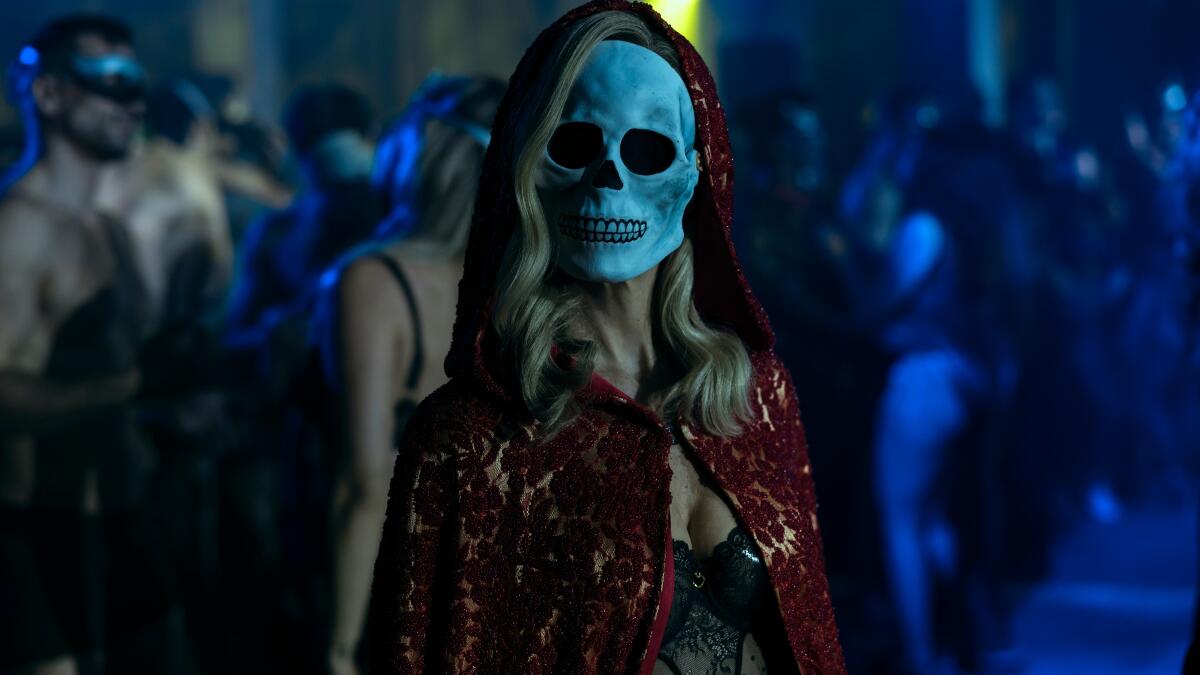
Pushing Boundaries in Horror
Extreme Horror Films
When it comes to horror, some filmmakers are not afraid to push the envelope, diving deep into the realm of extreme horror films. These productions often challenge traditional storytelling and confront viewers with shocking imagery and themes. Here are a few films that exemplify this daring approach:
- “Cannibal Holocaust”: Often considered one of the first “found footage” films, it features graphic depictions of violence that sparked controversy upon its release. The film questions the ethics of filmmaking and even pushes viewers into uncomfortable territory regarding the nature of humanity.
- “A Serbian Film”: This film has become synonymous with extreme horror thanks to its graphic scenes and disturbing content, touching on themes of abuse and consent that many believe veer into the realm of the exploitative. It’s an experience that polarizes audiences but also prompts discussions about what horror can depict.
Watching these extreme horror films can be a test of resilience; you might find yourself examining your comfort levels and asking what boundaries should exist in storytelling. Personal anecdotes from friends suggest that while they appreciate the craftsmanship behind such films, they also recognize that some lines should not be crossed.
Taboo Themes in Horror
Equally provocative are the taboo themes explored in horror, as these narratives challenge societal norms and confront uncomfortable truths. Topics such as death, sexual violence, and family betrayal are often woven into horror stories, forcing audiences to engage with difficult subject matter. Consider these impactful elements:
- Mental Illness: Films like “The Babadook” tackle the complexities of grief and mental health, showcasing characters’ struggles in a way that resonates with many and opens up discussions about stigma.
- Sexuality and Identity: Movies like “The Lure” creatively engage with taboo themes around sexuality, blending horror with social commentary. It showcases the duality of desire and danger in a captivating way.
Exploring these themes allows horror to serve not only as entertainment but also as a provocative social critique. Each layer adds depth to the genre, prompting vital conversations about what we fear and why. As horror continues to evolve, pushing boundaries will remain a compelling aspect, ensuring the genre remains as thought-provoking as it is terrifying. 🎬🔪
XII. Psychological Impact of Fear
Fear and Anxiety
Fear is an intricate part of the human experience, acting as both a survival mechanism and a source of distress. While fear can be helpful in alerting us to danger, it often intertwines with anxiety, creating a complicated emotional tapestry. When fear becomes chronic, it can lead to increased levels of anxiety. Here’s how that works:
- Physical Reactions: Fear triggers the body’s “fight or flight” response, leading to symptoms like a racing heart, sweating, or trembling. Over time, experiencing fear frequently can result in heightened anxiety and create a cycle of stress.
- Perception of Threats: When individuals live in fear, they may start perceiving threats where none exist, leading to a more pervasive sense of anxiety. I’ve seen friends who avoid certain situations—like crowded places—because they’re haunted by the fear of potential peril, even if there’s no real danger.
This interconnection can manifest in everyday scenarios, influencing how we engage with the world around us.
Coping Mechanisms
The good news is that understanding the psychological impact of fear can lead to effective coping mechanisms. Here are some strategies that many have found helpful:
- Exposure Therapy: Gradually facing fears in a controlled environment can reduce anxiety levels. For example, someone with a fear of public speaking may start by speaking in front of a small, supportive group.
- Mindfulness and Relaxation: Techniques like deep breathing, meditation, or yoga can help calm the mind and body, providing relief from overwhelming fear and anxiety.
- Creative Outlets: Engaging in art, writing, or even playing video games can serve as therapeutic escapes, channeling fear into creativity.
Acknowledging the psychological impact of fear and actively working to manage its influence can foster resilience. Fear doesn’t have to be a paralyzing force; instead, with the right tools and support, it can be a topic of exploration and eventual empowerment. Remember, facing fears is not just about erasing them—it’s about learning to live alongside them. 🌱🧠
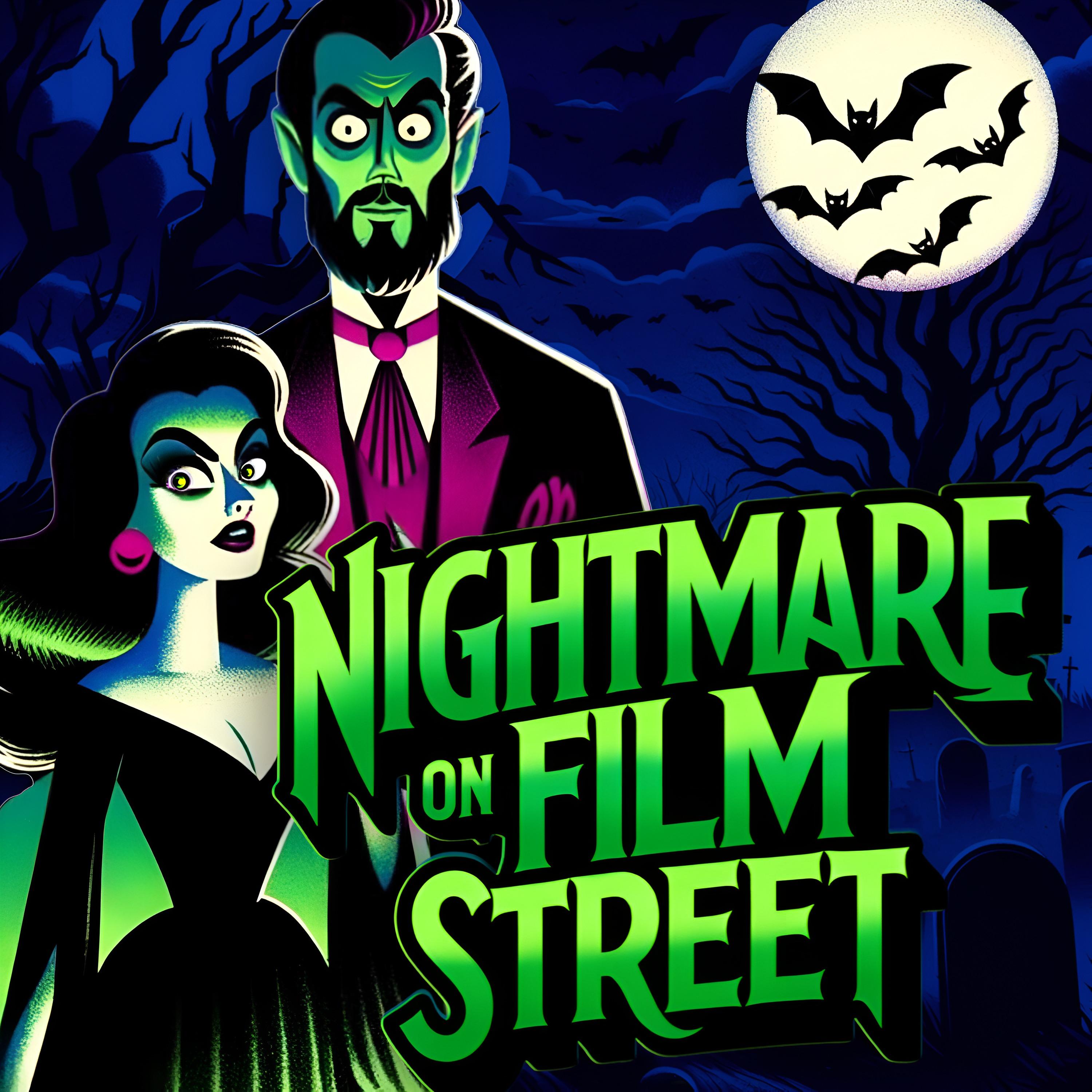
XIII. The Future of Scary Craft
Evolution of Horror Films
As we peer into the future of scary craft, it’s fascinating to examine how horror films continue to evolve. Once dominated by slasher flicks and supernatural thrillers, the genre now embraces a diverse range of storytelling techniques and themes. Key trends shaping the evolution of horror films include:
- Innovative Storytelling: Filmmakers are experimenting with non-linear narratives and unique perspectives, as seen in films like “The Witch” and “Midsommar”. These narratives often flip traditional tropes, keeping audiences engaged and challenged.
- Inclusivity and Diversity: With increased representation in Hollywood, horror films are now exploring a wider array of cultural perspectives and social issues. Films like “Get Out” and “The Farewell” showcase how diverse voices can provide fresh narratives that resonate more universally.
- Advanced Technology: The use of VR and sophisticated special effects continues to elevate the horror movie experience, creating opportunities to immerse viewers like never before. Imagine a horror film that allows you to interact with the narrative!
I find it thrilling to see how these aspects infuse new life into horror films, making the genre forever dynamic.
Changing Audience Preferences
Equally important are the shifting preferences of today’s audiences. Modern viewers are increasingly seeking horror that provokes thought and invokes deep emotional resonance. Here are some emerging preferences:
- Psychological Depth: Audiences are drawn to horror that connects on a deeper psychological level, seeking narratives that evoke real fears, such as climate anxiety or societal pressures.
- Subversion of Tropes: Many viewers now crave unexpected twists instead of traditional jump scares. They want to be surprised and challenged by what they see, as shown by innovative films that play with established conventions.
- Community Experiences: The rise of streaming and shared viewing experiences has transformed how horror is consumed. Watch parties for films and series like “The Haunting of Hill House” create communal anxieties and shared thrills, amplifying the experience.
As scary craft continues to evolve, it proves that horror is not just a genre—it’s a reflection of our changing world and the fears we grapple with. Embracing these shifts will undoubtedly shape what horror looks like in years to come. The thrill and terror promise to endure, only reinvented in ways that excite and challenge audiences all over again! 🎬🌌
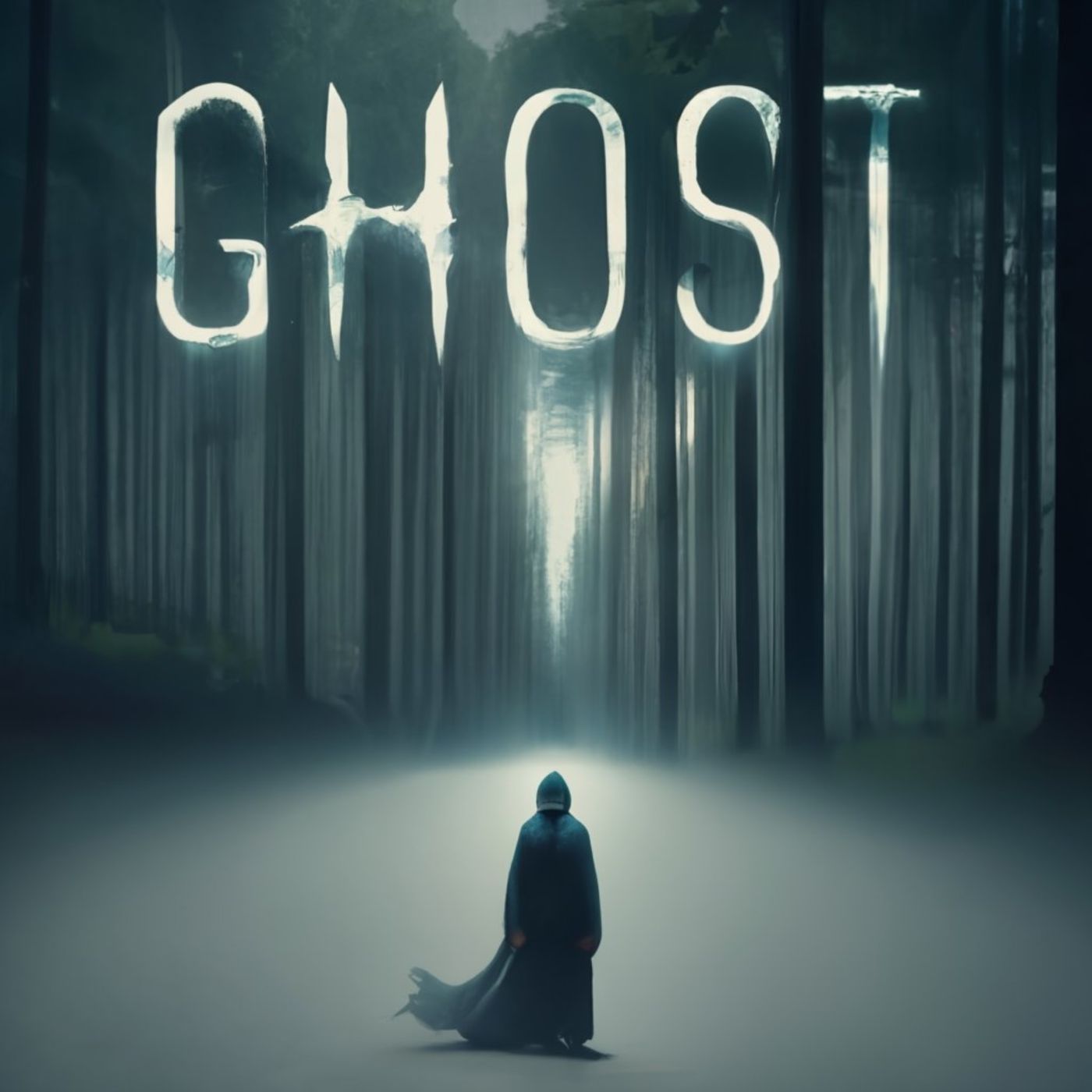
XIV. Conclusion
Embracing the Thrill
As we wrap up our deep dive into the thrilling world of horror, it’s clear that embracing the thrill of fear brings unique excitement and insight. Horror isn’t just about the scares—it’s a fascinating journey into the human psyche, exploring our deepest anxieties, cultural reflections, and societal challenges. Whether it’s through an intense film, a gripping novel, or an interactive VR experience, horror provides us with an opportunity to confront and understand our fears in a safe environment. Here are a few reasons why you might want to embrace that thrill:
- Catharsis: Experiencing fear can often help individuals release pent-up emotions. It’s like riding a roller coaster—at its core, it’s about letting go and feeling alive! 🎢
- Community Connection: Horror brings people together. Share a terrifying movie night with friends, or engage in discussions about urban legends—there’s a sense of camaraderie that develops when navigating the dark together.
- Cultural Exploration: Horror reflects societal anxieties through storytelling. Diving into different forms of horror allows you to learn more about various cultures and the fears that shape them.
I remember that unforgettable night I spent watching classic horror films with friends, all of us screaming and laughing together. Those connections and shared experiences create lasting memories.
Final Thoughts
So go ahead! Whether you’re revisiting a beloved horror classic, trying the latest horror game, or exploring modern literature, remember that horror is an adventurous journey worth taking. Don’t shy away from the chills—it’s all part of the fun! Embrace the thrill, gather your friends, and let yourself dive into the captivating, eerie world of horror. After all, in embracing fear, we often discover resilience and the startling beauty of being human. 🌙🔮
